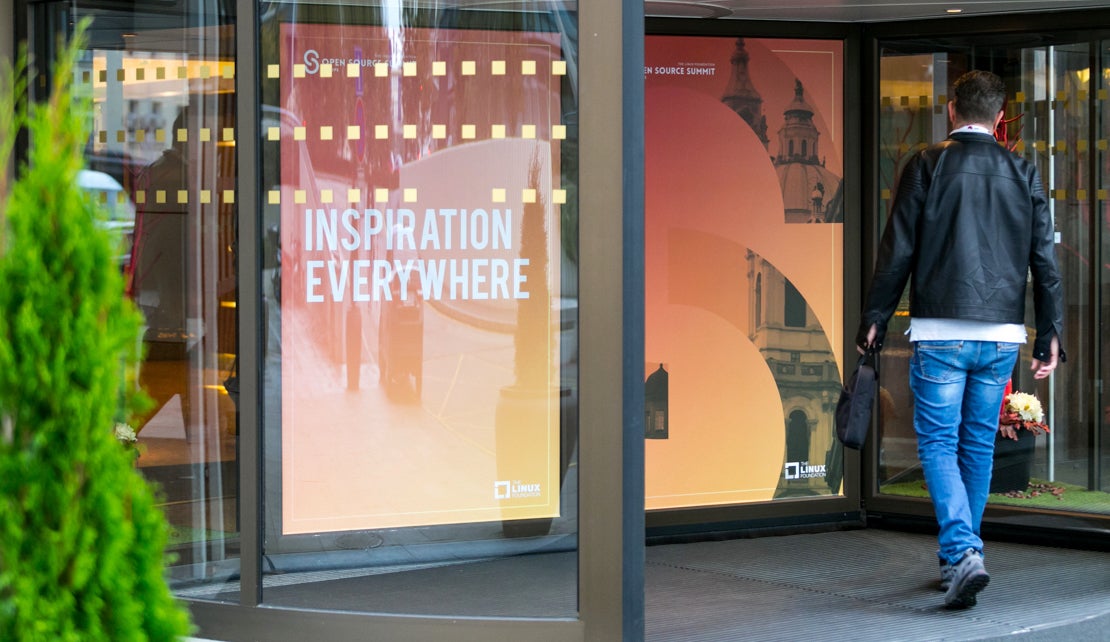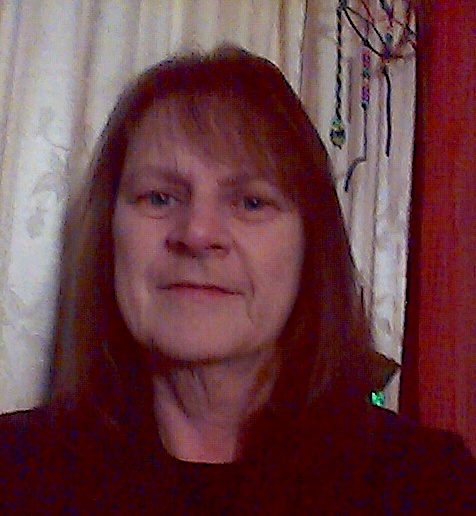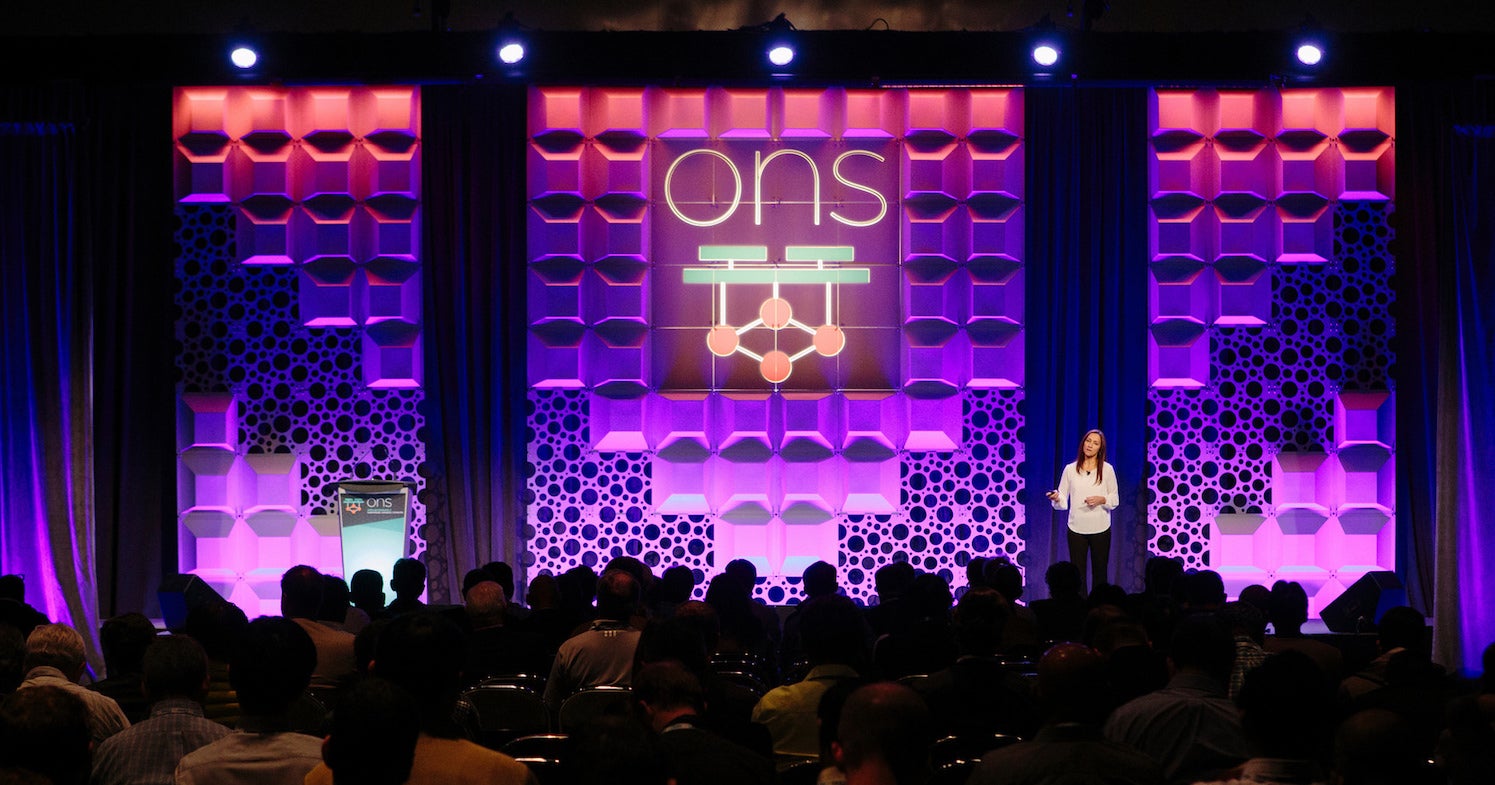Linux is 26 years old, and look what happened in those 26 years: everything. Now what? Linux is both shrinking and expanding.
Cloudy Linux
Cloud is a perfect metaphor for Linux. Once upon a time the Linux world was small, with well-defined boundaries, and populated by fierce partisans. Linux was the underdog and had enemies, like Microsoft and the SCO Group. Microsoft CEO Steve Ballmer once called Linux a cancer. Remember Darl McBride, the CEO of SCO, claiming that Linux was built on a mountain of misappropriated UNIX code, which McBride claimed was owned by SCO? SCO sued IBM, Novell, AutoZone, Red Hat, and Daimler-Chrysler. SCO played coy for years and refused to show the supposedly infringing code, but was finally was forced to reveal that their mountain was a few lines in the file errno.h.
Now Microsoft, and many other former adversaries, are Linux developers and partners with Linux companies and organizations. (But not SCO; the last SCO lawsuit is still alive, believe it or not, after 14 years.) Linux is mainstream and no longer needs defense against such silly accusations.
Clouds are diffuse, and now so is Linux. Check out the Linux distribution timeline, an amazing work that shows the depth and breadth of Linux development. Linux distributions come and go, but Linux keeps going.
Another diffusion is Linux celebrities. Back in the day there were a number of famous Linux leaders: Linus Torvalds, of course, Alan Cox, Debra and Ian Murdock, Bdale Garbee, Marc Ewing, Bob Young, Mark Shuttleworth, and many more. Now personalities are less important, as they should be, and the faces of Linux are considerably more numerous and diverse. See the latest Linux Kernel Development Report for a few examples.
Diversity is Everything
A lack of diversity leads to a lack of imagination. Any project’s contributors should mirror society, and all projects should prioritize building their communities to do this. It doesn’t happen without planning and effort. You know how some people still like to say “Those People just aren’t interested in tech, so why should we change how we do things?” A better question is why don’t Those People want to get involved with your project? The answer is almost always because they’re not welcomed.
Community is more important than code; the Apache Foundation says:
“We value the community more than the code.”
Nobody, but nobody is so special and important that they’re indispensible, and nobody should be indispensible, because the great strength of a healthy community is the work carries on regardless of which people are working on it. The last thing we need is rock stars. The work gets done by people who show up, who care about details, and who slog through the boring essential tasks.
Software is For Other People
Coding, of course, is essential. Without code there is no software. But any software project requires a host of essential contributors: artists, musicians, testers and quality assurance, documentation writers (doc writers also function as testers and quality assurance), project managers, mentors, teachers, marketers, community builders, record keepers, system and network administrators, and on and on.
Something that contributors and maintainers often forget is all of this is a means to an end, not the end. We’re building tools, tools that will be used in all manner of creative and unforeseen ways, and that hopefully will make life better for the people using them.
Linux is to Open Source as GNU is to Linux
The open source ecosystem has grown far beyond Linux, and this is how it should be. As Pardot Kynes said in the novel Dune:
“The more life there is within a system, the more niches there are for life.”
The GNU tools and applications were essential to creating Linux, to the point that some people still insist that it should be called GNU/Linux. Both the Linux kernel and software that goes into a Linux distribution have grown tremendously, while the GNU bits have declined.
When The Linux Foundation merged LinuxCon, ContainerCon, and Cloud Open into the Open Source Summit, I was sad at first, because it felt like a dismissal of Linux’s importance. But as I learned more about cloud and embedded technologies, the change made sense. Linux is still essential and growing, and these newer technologies are growing far beyond plain old Linux into the broader open source landscape.
Now What?
What’s next? More of the same, of course! More growth and invention, creating new things, improving old things. Which reminds me of another quote from Dune:
“The highest function of ecology is the understanding of consequences.”
This is something that needs more attention, taking the time to think about consequences. What happens if I do this…? We have 26 years of Linux history to learn from and decades of computing. So perhaps it is time to add more historians and philosophers to Linux and open source communities.







